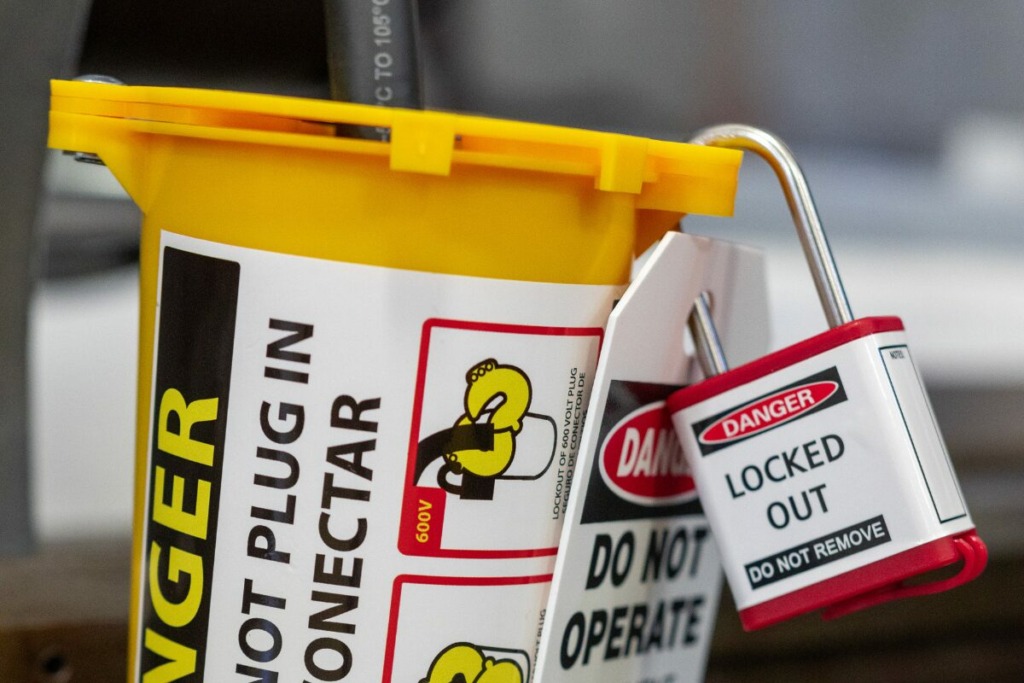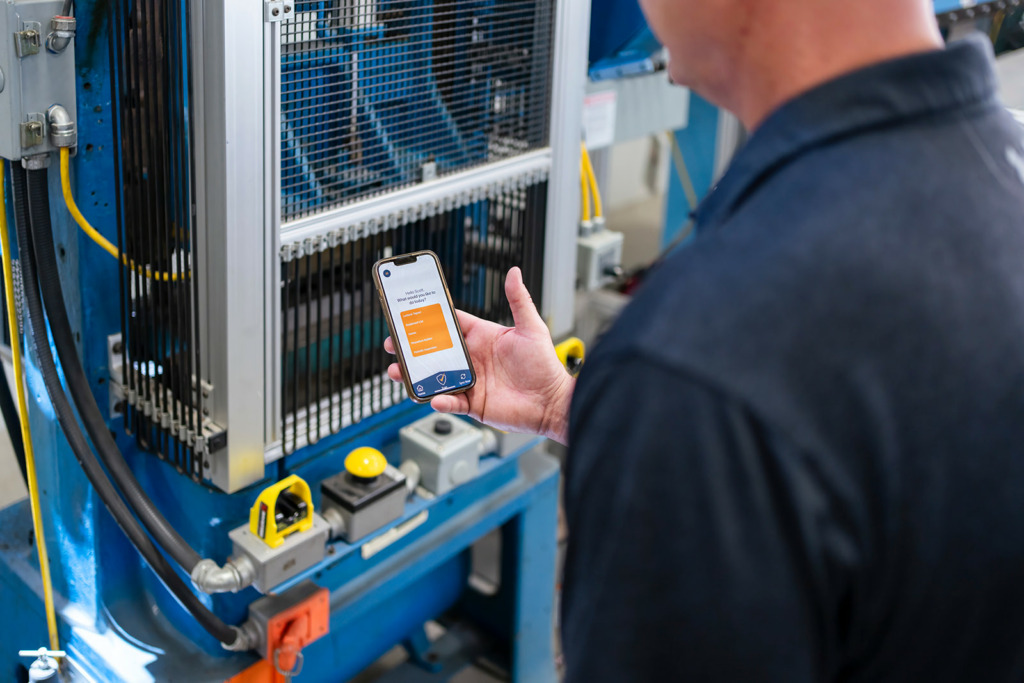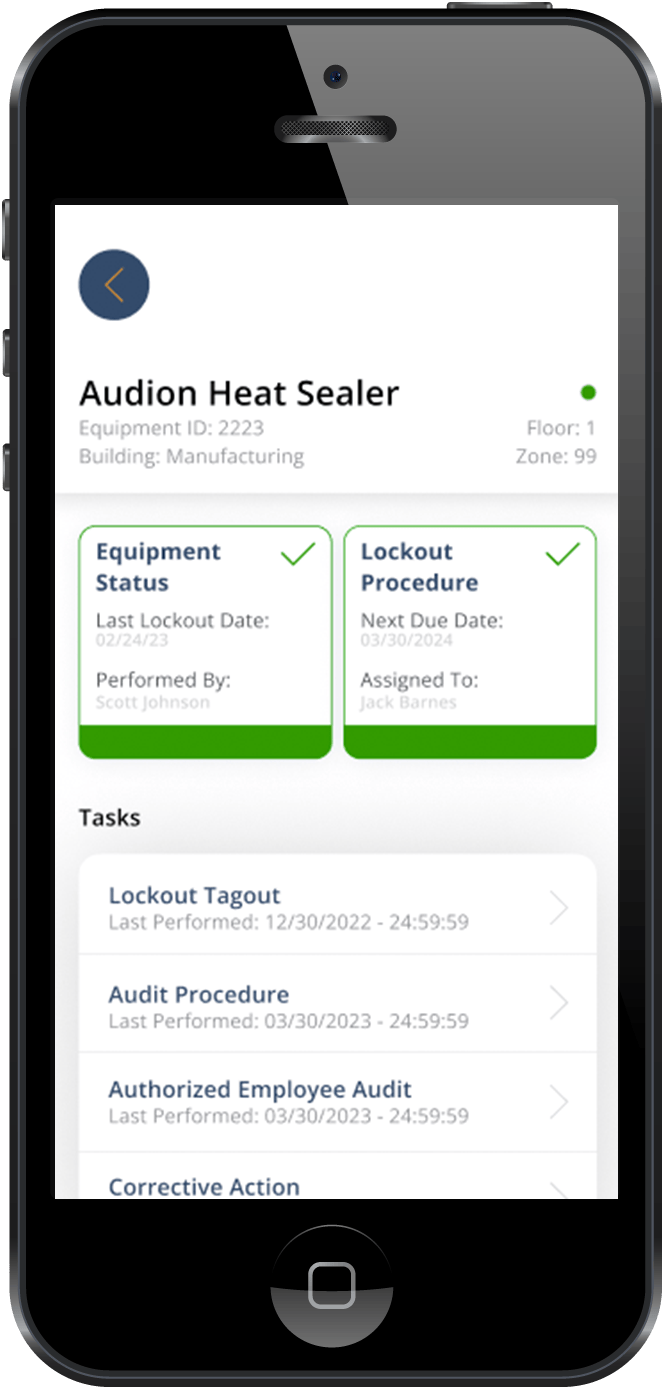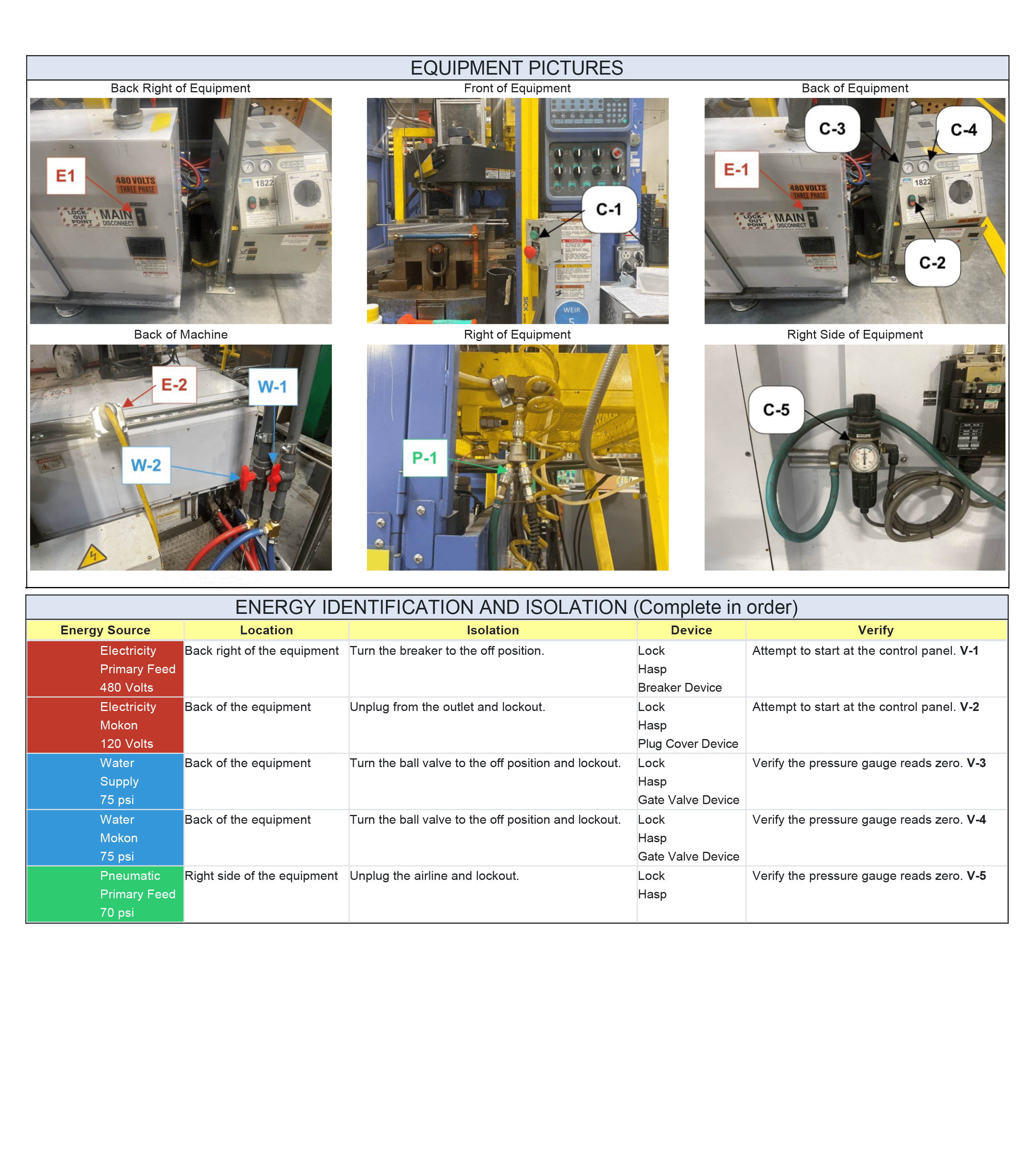When it comes to industrial safety, circuit breakers are often seen as the “go-to” solution for shutting down electricity. Flip the switch, the power cuts off, and the job is done… right? Unfortunately, that assumption is one of the most dangerous myths in workplace safety.
The truth is, while circuit breakers play a vital role in controlling electrical energy, they are not enough on their own to satisfy OSHA lockout tagout (LOTO) requirements or to protect employees from hazardous energy. Let’s explore why.
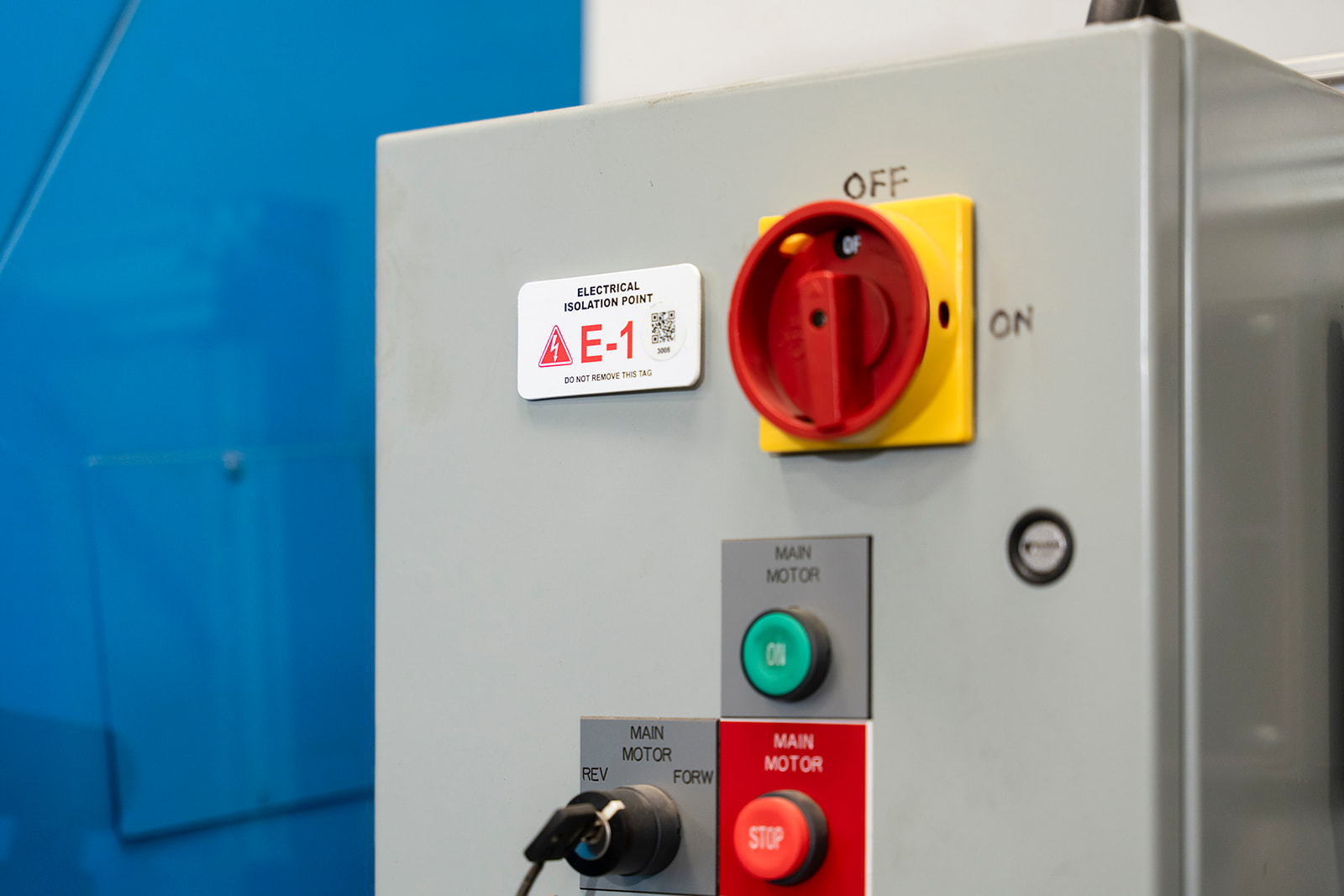
Circuit Breakers Do One Thing Well
Circuit breakers are designed to stop the flow of electricity when manually switched off or when a fault condition occurs. This makes them essential in preventing electrical overloads, equipment damage, and even fires.
But here’s the catch: once a breaker is flipped, there is nothing to stop someone else from flipping it right back on. In a busy industrial setting, that risk is more than hypothetical, it’s a daily possibility.
OSHA Requires Positive Energy Control
According to OSHA’s Control of Hazardous Energy standard (29 CFR 1910.147), simply shutting off a circuit breaker is not considered proper energy isolation. To be compliant, energy must be:
- Physically locked out so it cannot be re-energized, and
- Tagged to clearly identify the worker performing the task.
This is why breaker lockout devices exist. They fit directly over the breaker toggle and require a padlock to secure in place, ensuring no one can restore power until the lock is removed.
Real-World Risks of Relying on Breakers Alone
Relying on circuit breakers alone can lead to:
- Unexpected start-ups when someone resets the breaker without realizing maintenance is underway.
- Injury or electrocution from re-energized circuits.
- Regulatory citations and fines for failing to meet OSHA requirements.
- Loss of trust from workers who expect management to enforce proper LOTO procedures.
Even if “just flipping the breaker” seems faster, the risks and costs far outweigh the seconds saved.
The Role of Machine-Specific Lockout Procedures
Circuit breakers are one of many energy isolation points in a facility. A truly effective system uses:
- Breaker lockout devices paired with safety padlocks.
- Written, machine-specific procedures that guide employees step by step.
- Verification to confirm energy is fully isolated before work begins.
- Digital tracking systems (like QR-coded procedures or mobile apps) to ensure every step is followed and documented.
By combining the hardware (breaker lockouts, padlocks) with a structured software layer, companies ensure both compliance and safety consistency.
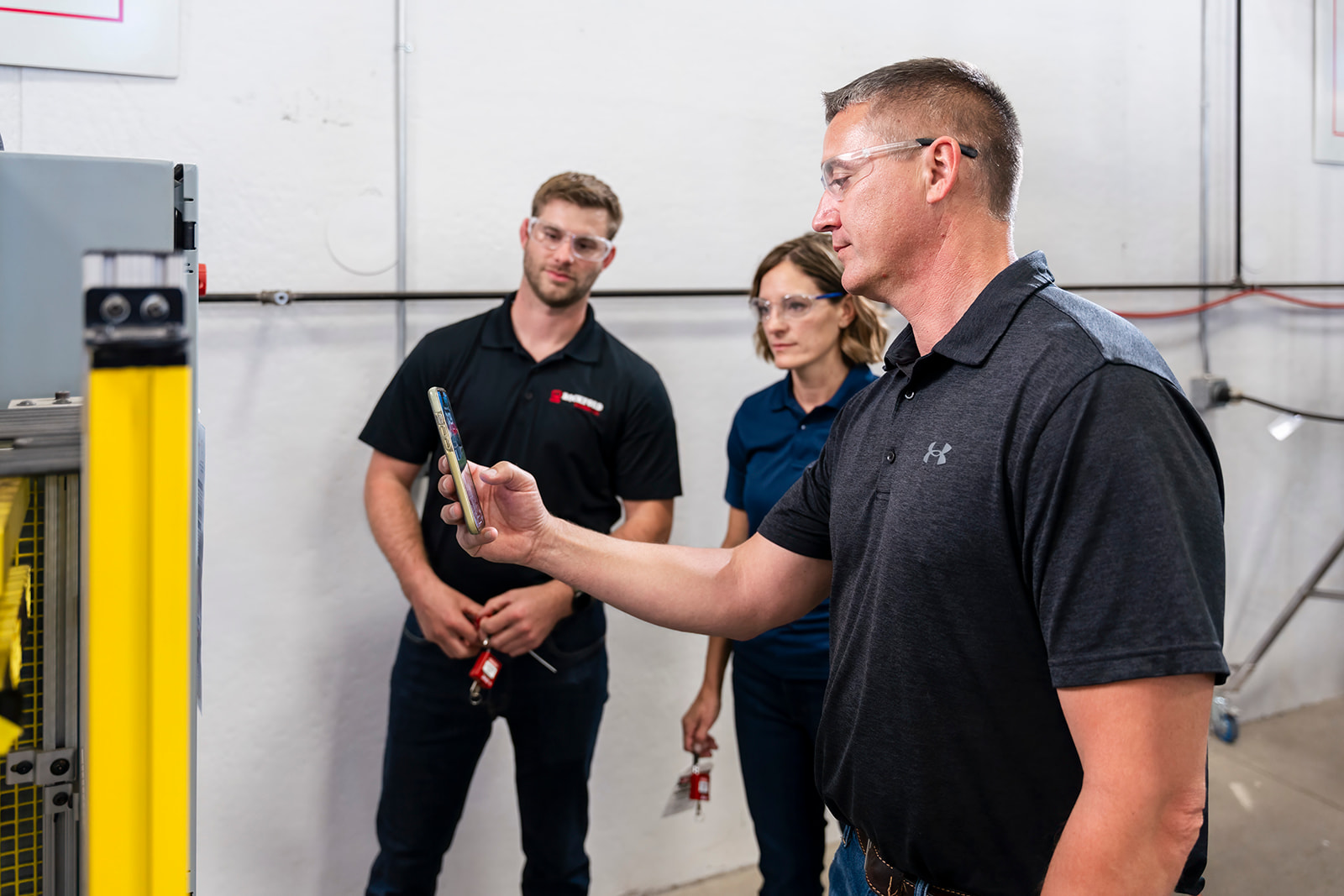
Conclusion
Circuit breakers are indispensable for controlling electrical energy, but they are not a substitute for proper lockout tagout procedures. To truly protect workers, organizations must use breaker lockout devices, written procedures, and robust verification steps.
That’s where SmartSafetyPro comes in. Our system takes the guesswork out of energy control by:
- Providing machine-specific digital LOTO procedures accessible via QR codes or mobile devices.
- Ensuring every breaker lockout step is documented and verified before work begins.
- Creating an audit-ready record for OSHA inspections, proving that procedures were followed.
- Eliminating paper binders and inconsistent spreadsheets, replacing them with a streamlined digital workflow that workers actually want to use.
With SmartSafetyPro, circuit breakers move from being a weak point in your program to becoming part of a fully integrated, OSHA-compliant energy control system. Instead of worrying about “what if someone flips the breaker back on,” you can trust that your team has the right tools, the right process, and the right documentation, every time.
More Information on Lockout Tagout Procedures
If you found the above article interesting or useful, we invite you to explore more of our in-depth content on Lockout Tagout procedures, best practices, and compliance strategies to help strengthen your workplace safety program:

